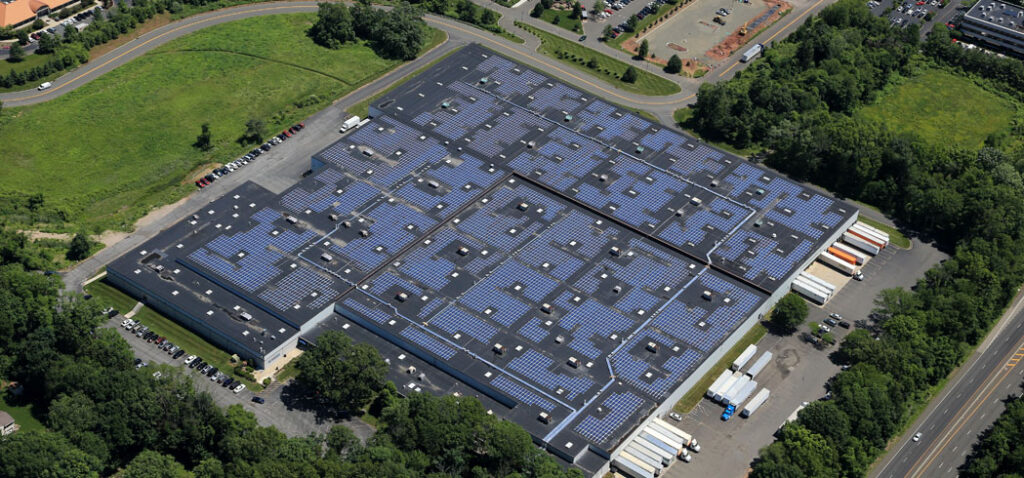California first state to require solar power and batteries in commercial structures

The state has updated its Build Energy Efficiency Standards to include requirements for solar plus storage on all commercial and multifamily homes, while also requiring that all new residential construction – which already requires solar – to be energy storage ready.

California has become the first state to require solar power plus energy storage to be integrated into all future commercial structures via its most recent update to building codes. Additionally, the new building code added a requirement that all new residential construction must be ready for the addition of energy storage.
The rules that the California Clean Energy Commission (CEC) voted to approve can be found in the 2022 Build Energy Efficiency Standards. The regulatory body estimates this requirement may add 280 MW of annual solar capacity, as well as 400 MWh of energy storage.

The highest level technical requirements for the solar plus storage systems specify that the solar portion should be sized to meet a target of 60% of the structure’s loads. The target energy storage component should be sized to reduce electricity exports to 10% of the total solar generation.
The batteries must have a usable capacity of at least 5 kWh, a round trip efficiency of greater than 80%, and greater than 70% nameplate capacity remaining after 10 years (warrantied) or 4,000 cycles.
In addition to the commercial requirements, new residential construction must also be battery ready. This requires that new homes have a 225-amp busbar, four backed-up circuits (two of which must be the refrigerator and bedroom receptacle outlet), and also a subpanel or a split-bus main panel for those circuits.
Harmony
The code requires battery systems to be capable of remote programming. The motivation behind this programmability requirement is the state’s goal of using distributed energy storage to ‘harmonize’ with the power grid. Many of these programmable modes also require the solar power to be coupled with the battery system.
The Basic Control mode dictates that by default, the battery must be able to charge from a solar photovoltaic system. And when the solar system isn’t outputting enough to cover the onsite load, the battery must be able to step in.
The next level control is Time of Use. In this case, the battery shall be programmed to charge only by solar electricity, and discharge during the highest priced Time of Use hours of the day. The system should have the ability to be programmed for at least three Time of Use seasons.

The last programmable feature is the Advanced Demand Response Flexibility Control. The state describes this type of storage system as being capable of altering the charge and discharge periods in response to signals from the local utility or a third-party aggregator. OhmConnect has already used this type of system to help Californians earn millions of dollars through its energy demand management during grid events.
These control requirements would allow for the solar plus storage systems to be Virtual Power Plant ready. Companies like Sunrun, Tesla, Sonnen and others are already installing systems with these technical capabilities.
The utility noted that battery sizing design would be integrated with the existing energy efficiency designs that guide sizing of heating and cooling systems, solar, within the state’s sixteen unique ‘climate zones’.
This new legislation exists, of course, within an already complex and extensive body of solar-focused, clean energy legislation in California.
The code change follows the groundbreaking 2019 Building Energy Code update, which required all residential construction to include solar panels. This author believes that the requirement may significantly lower the price of new construction residential solar power. Naturally, all of these standards contribute to California’s goal of reaching a net zero carbon footprint by 2045, and ensuing carbon negative footprint in years following that milestone.
And, Monday of this week we saw the Public Utility Commission receive a recommendation for aggressive cut backs to net metering compensation. The group specifically cited energy storage incentivization as a substantial factor in their decision.
From: https://pv-magazine-usa.com/2021/12/16/california-first-state-to-require-solar-power-and-batteries-in-commercial-structures/

